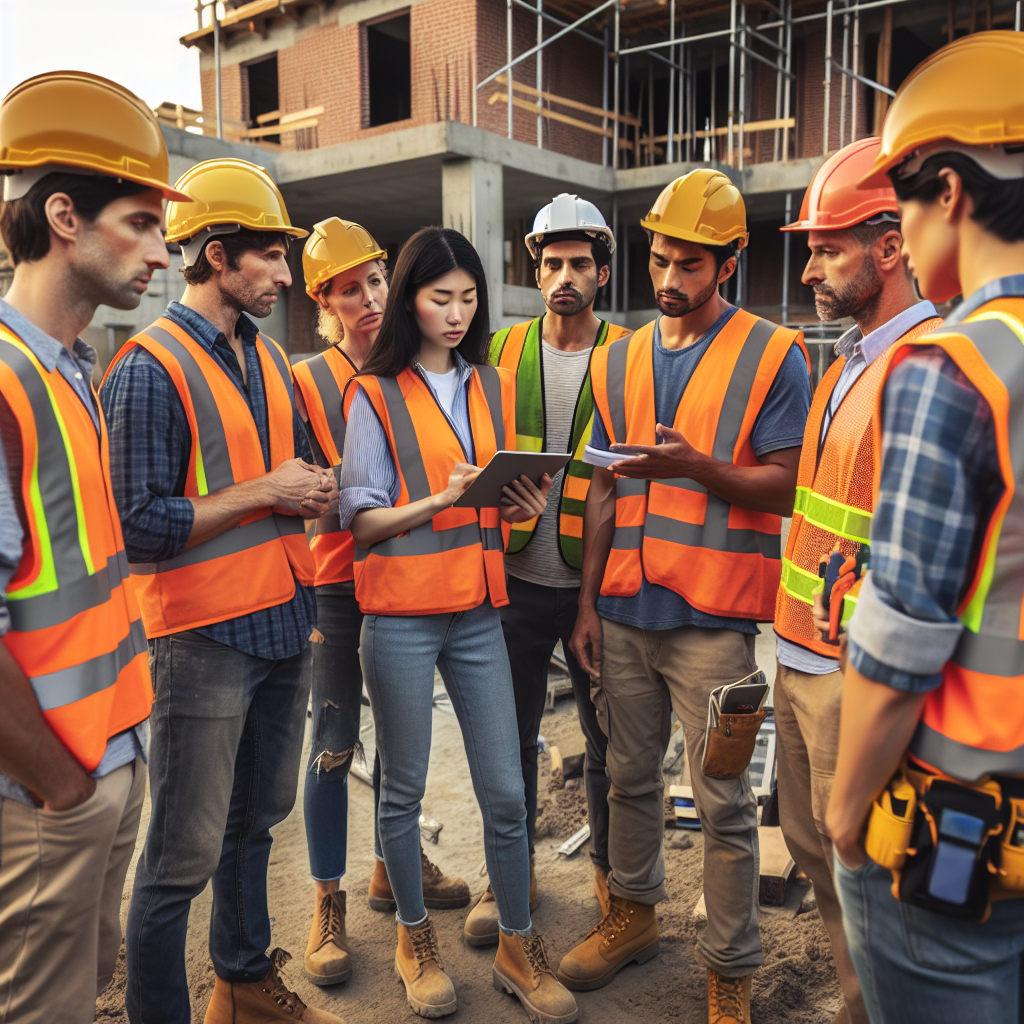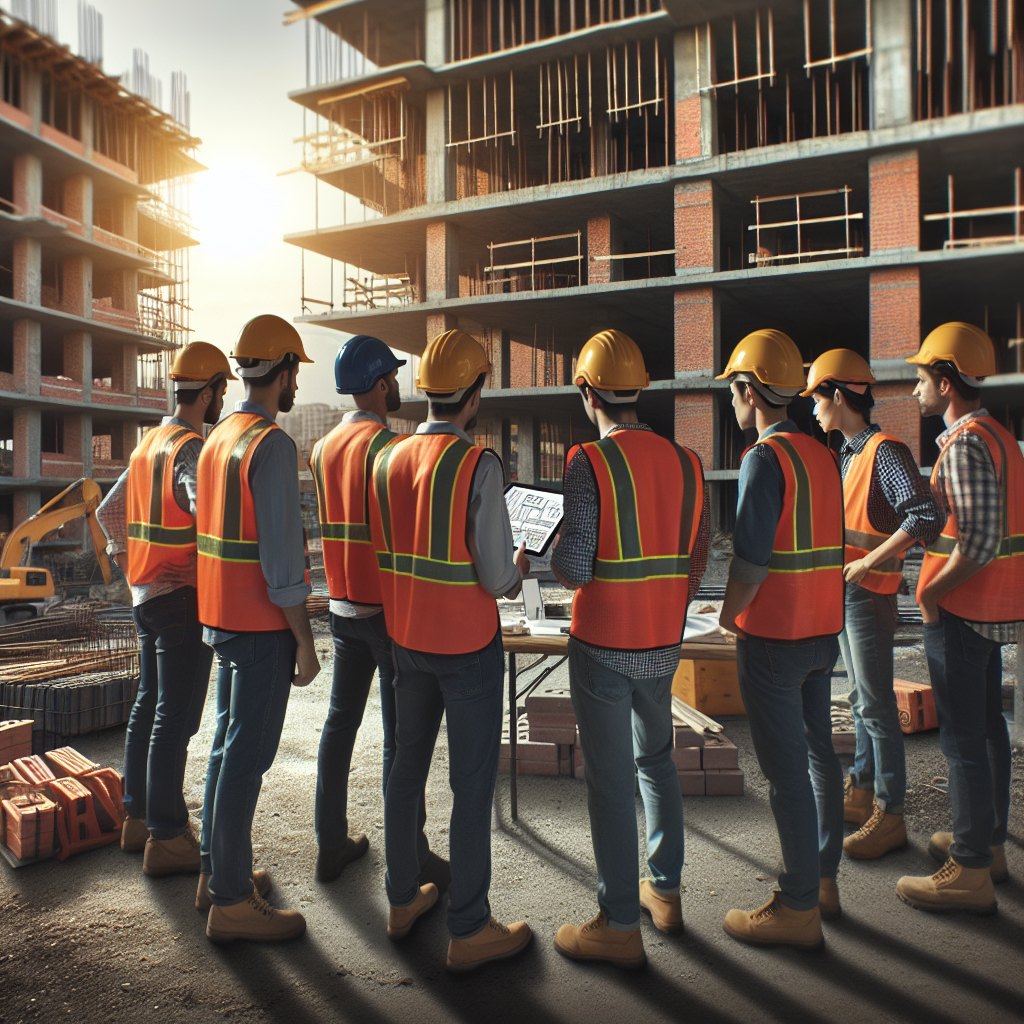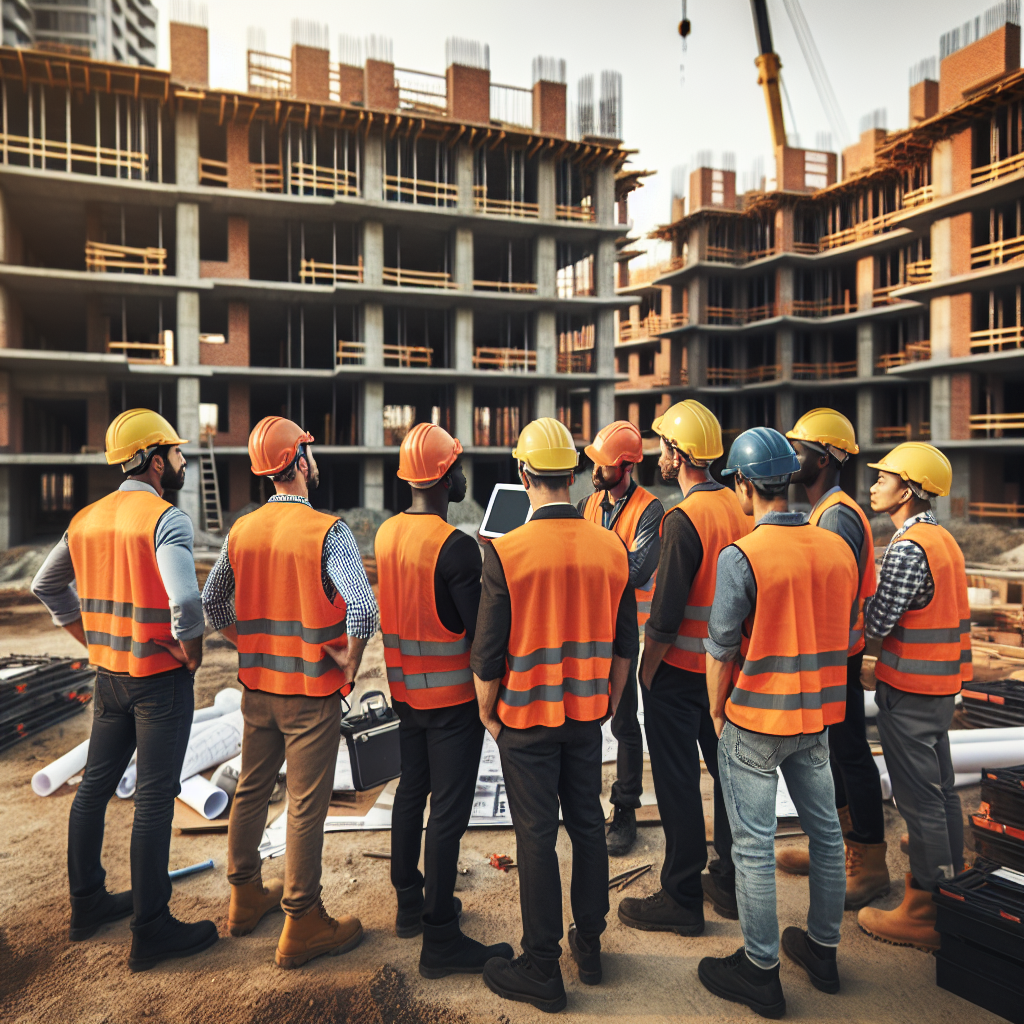Job Site of the Future: Robots, AI, and Smart Sensors in Action
The construction sector is on the brink of a technological revolution, driven by advancements in robotics, artificial intelligence (AI), and smart sensors. Construction project management software is evolving to incorporate these technologies, enabling more efficient workflows, enhanced safety measures, and improved resource management. In this blog post, we’ll explore the role of robots, AI innovations, and smart sensors in shaping the job site of the future and how Zepth can help navigate this transformative era.
Key Concepts and Applications
Robots as Worksite Assistants
Robots are increasingly being integrated into various job sites to assist humans in high-risk and complex tasks. A prime example is the Atlas robot by Boston Dynamics, designed to perform a range of construction activities, from constructing walkways to throwing tool bags to workers on elevated platforms. This ability illustrates a significant leap in robotics, showcasing advancements in AI-driven construction management through enhanced understanding of physics and object manipulation.
Underground and Environmental Maintenance
Robots are also revolutionizing underground settings. For instance, companies like Sewer Robotics employ crawler robots equipped with high-pressure water jets to maintain sewers, efficiently addressing fatberg issues that can lead to severe flooding and infrastructure complications. This application of robotics ensures not only safety but also effective management of urban environments.
Green Technology and Maintenance
In pursuit of sustainability, six-legged robots are being developed to inspect wind turbines autonomously. By efficiently checking bolts, these robots can save substantial maintenance costs and improve the longevity of wind turbine operations, minimizing risks to human workers. This innovation represents a significant advancement in sustainable construction management.
The Role of AI in Robotics
Autonomous Navigation and Mobility
Recent AI advancements, including simultaneous localization and mapping (SLAM), have allowed robots to navigate complex environments independently. For example, Boston Dynamics’ Spot robot can traverse rough terrain autonomously, functioning effectively in search and rescue operations and industrial automation applications. This capability showcases the potential of AI in construction, leading to unprecedented operational efficiencies.
Human-Robot Interaction (HRI)
As robots become more integrated into daily workflows, enhancing human-robot interaction is essential. Advances in natural language processing (NLP) and affective computing are enabling robots to comprehend and respond to human commands and emotions effectively. Improved HRI paves the way for safer and more productive collaboration in industries ranging from manufacturing to healthcare.
Predictive Maintenance and Efficiency
Utilizing AI-powered robots for predictive maintenance is revolutionizing factory operations. By analyzing sensor data, these robots can forecast equipment failures before they occur, significantly enhancing productivity and efficiency in manufacturing plants. The shift towards AI risk management in construction not only increases operational reliability but also translates to cost savings and reduced project timelines.
Integration of Smart Sensors
Enhanced Safety and Efficiency
Smart sensors and computer vision technologies are pivotal in fostering safer work environments. For instance, autonomous forklifts equipped with these technologies can detect obstacles, navigate around hazards, and adapt their routes in real time. This capability ensures operational safety in high-density job sites, complementing the roles played by jobsite management tools.
Real-Time Data Analysis and Path Planning
AI-driven robots utilize sophisticated algorithms for path planning, similar to those used in navigation applications, ensuring safe and efficient operation in various settings. The application of digital twins helps simulate future scenarios, anticipate potential risks, and optimize operations. This integration allows for real-time construction project data analysis, driving further efficiencies in project management.
Emerging Innovations and Trends
Autonomous Mobile Robots (AMRs)
AMRs are revolutionizing industries by managing tasks such as material transport and product assembly. Their ability to navigate dynamic environments through sensors and real-time data makes them valuable in both construction and broader manufacturing areas. The flexibility of AMRs enables them to adapt to new tasks, making them accessible to enterprises, large and small.
Collaborative Robots (Cobots)
Cobots are designed to work alongside humans, enhancing productivity while reducing physical strain on workers. They have the capacity to learn from human actions, resulting in improved capabilities to perform complex tasks collaboratively. This innovation is transforming job site dynamics, ensuring labor stays efficient and empowered.
Quantum Computing and Advanced Materials Testing
The integration of quantum computing holds promise for enhancing AI in robotics. By facilitating faster processing of vast amounts of data, it enriches decision-making capabilities, which is crucial for machine learning and optimization in robotics. This advancement could significantly impact the construction lifecycle management software and related fields.
Best Practices and Safety Considerations
Workplace Safety and Regulations
With the introduction of robots in construction, adhering to workplace safety regulations is paramount. The National Institute for Occupational Safety and Health (NIOSH) has initiated the Future of Work Initiative, compiling research to address robot-related occupational safety and health concerns. This proactive approach informs practices that promote safe and efficient operations in the workplace.
Training and Skill Development
As the integration of robotics grows, addressing the talent gap through specialized training programs becomes vital. Initiatives focused on reskilling and upskilling the current workforce, alongside promoting STEM education, will ensure that employees can efficiently manage robotic systems, optimizing workplace productivity and safety.
How Zepth Can Help
Zepth, with its advanced construction management solutions, can leverage the integration of robots, AI, and smart sensors to enhance project efficiency and safety:
- Automated Data Collection: Zepth can utilize AI-driven robots and smart sensors to collect real-time data on construction sites, improving project monitoring and management. Explore more in our Construction Progress Report.
- Predictive Maintenance: By incorporating AI-powered predictive maintenance, Zepth can help reduce equipment downtime and optimize resource allocation. Learn about our capabilities here.
- Enhanced Safety: Zepth’s platform can integrate safety protocols informed by autonomous robots and smart sensor data, ensuring a safer working environment for construction crews. Discover our safety management features here.
Statistics and Predictions
According to the World Economic Forum’s Future of Jobs Report 2023, many technologies, including robotics, are predicted to be net job creators in the coming five years. Automation will free up human workers to focus on more creative and strategic tasks while allowing for significant gains in efficiency. Industries like wind turbine maintenance are expected to save hundreds of millions of dollars as they pivot towards robotic solutions.
By embracing these technological advancements, the job site of the future promises to become more efficient, safer, and highly automated. Robots, AI, and smart sensors will play central roles in transforming various industries, and platforms like Zepth are at the forefront of this exciting change.




